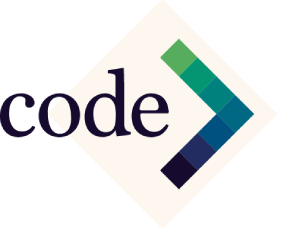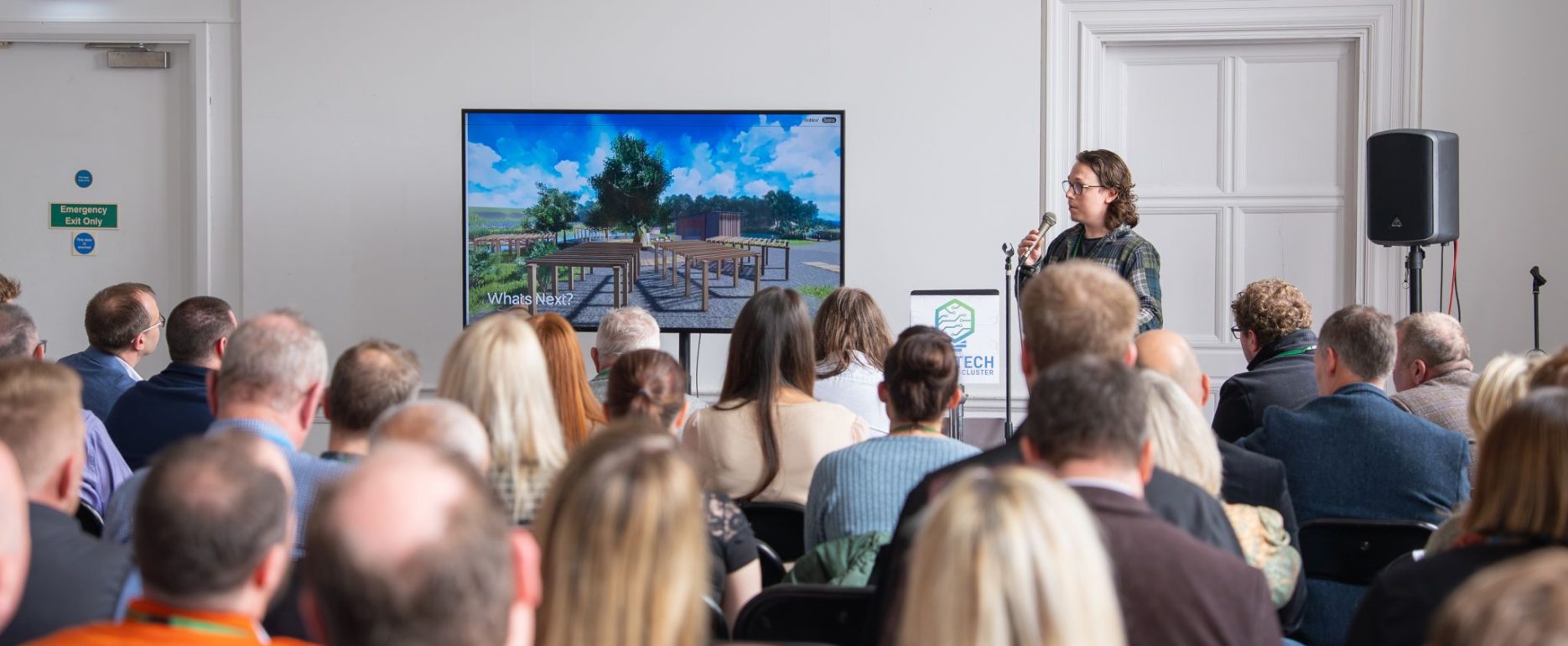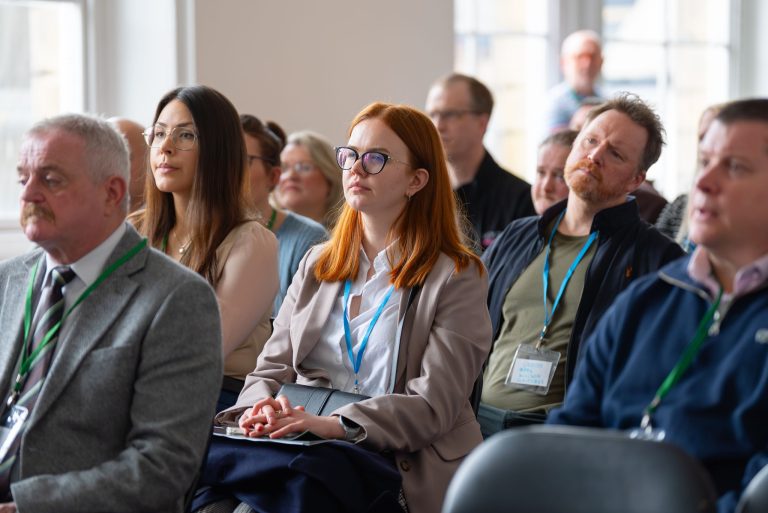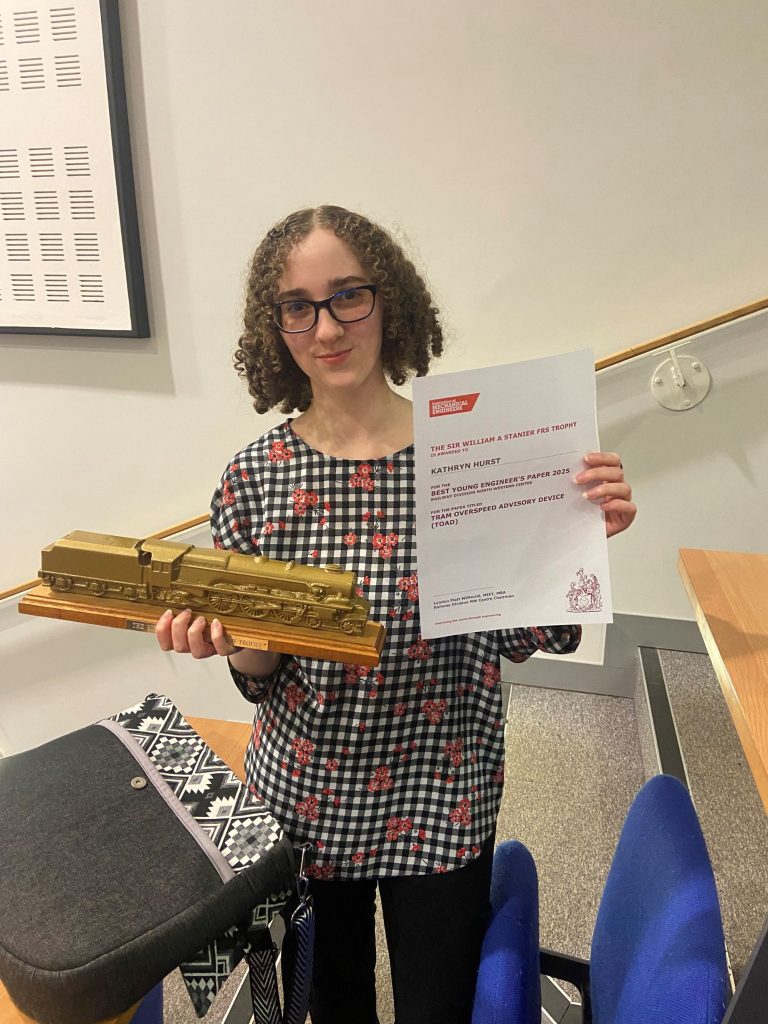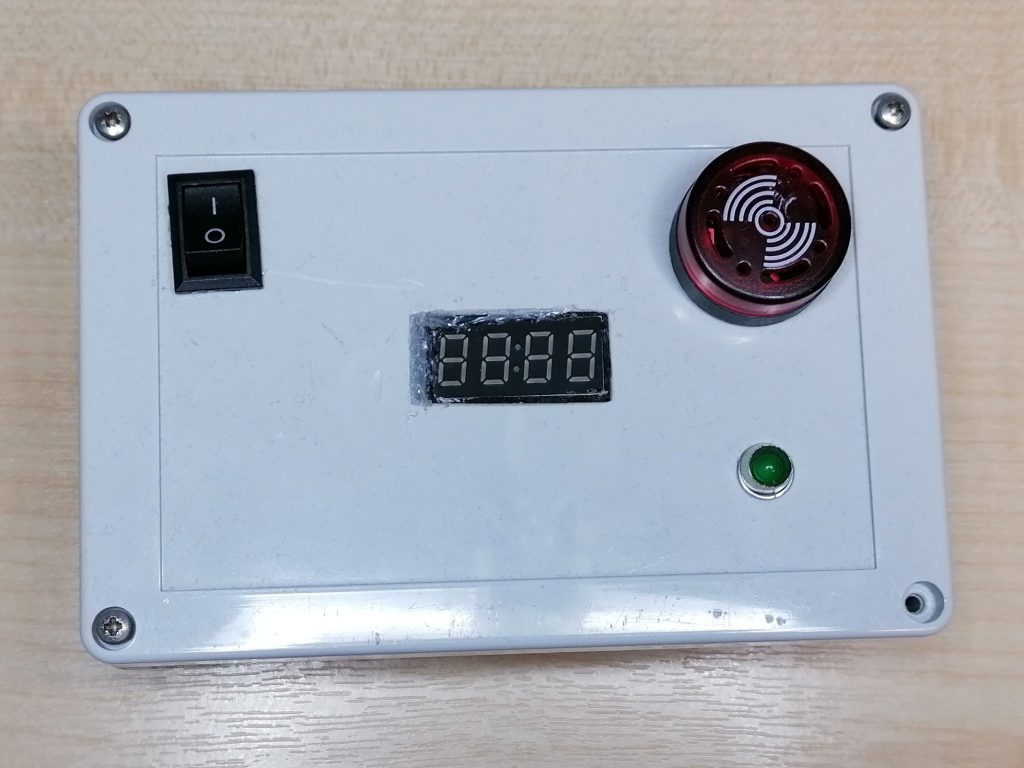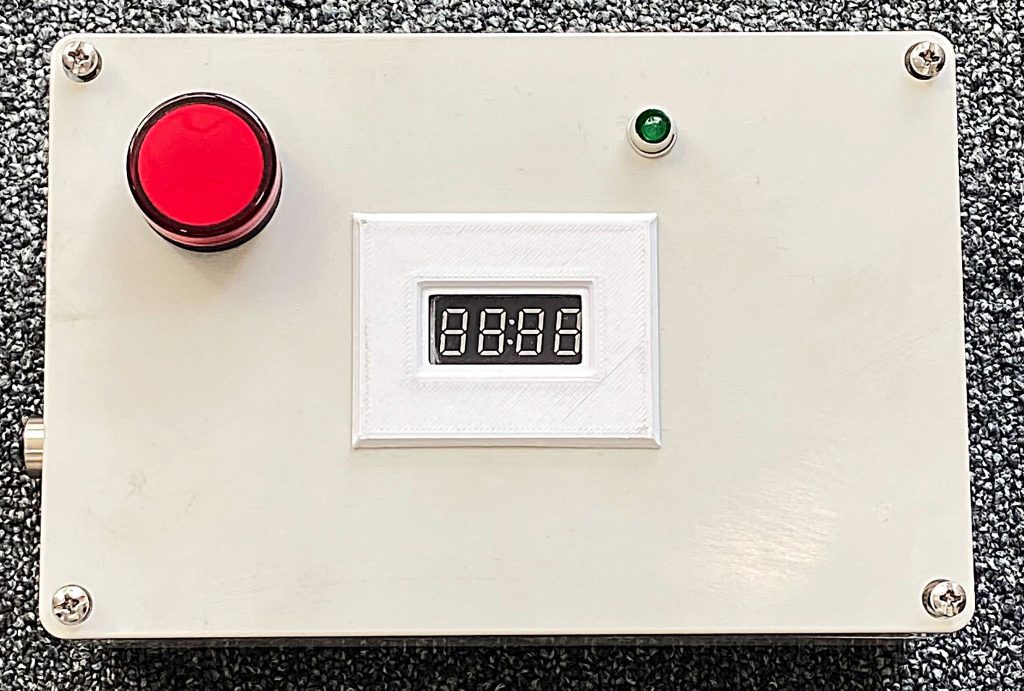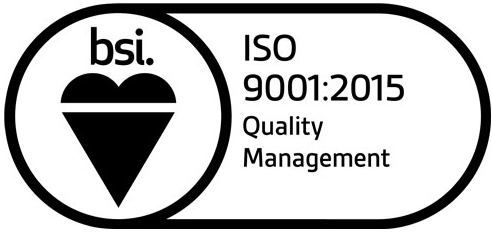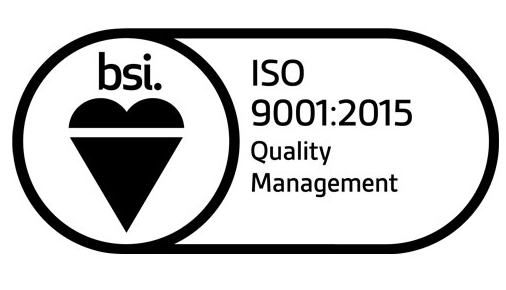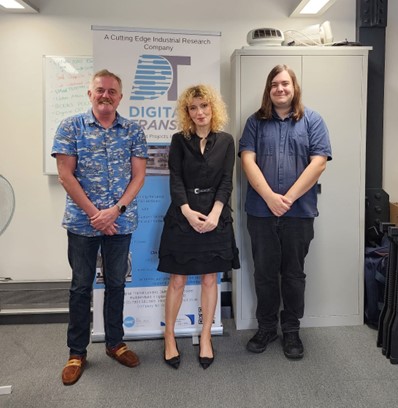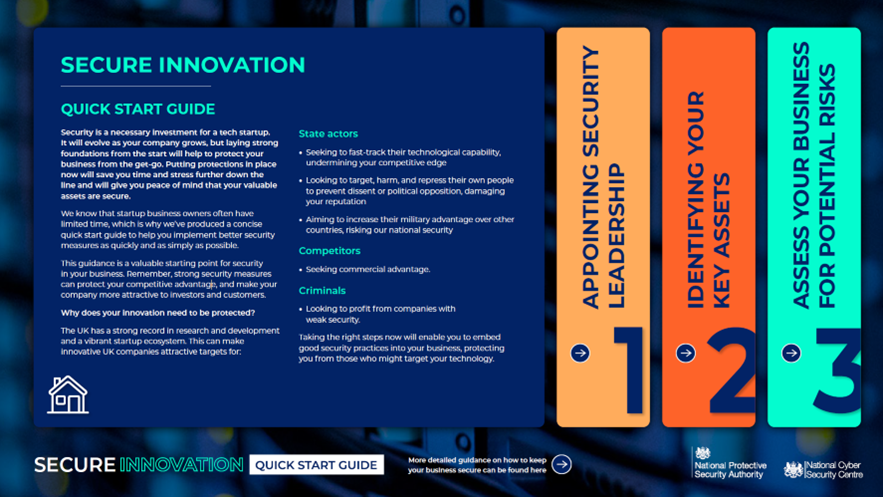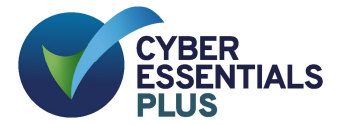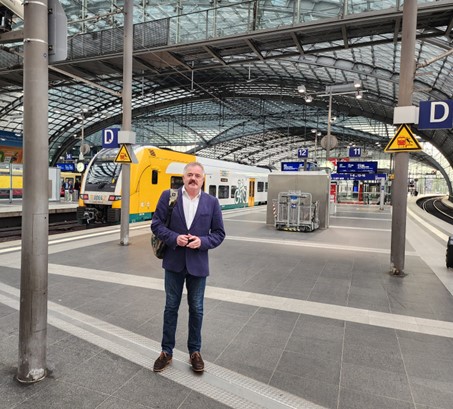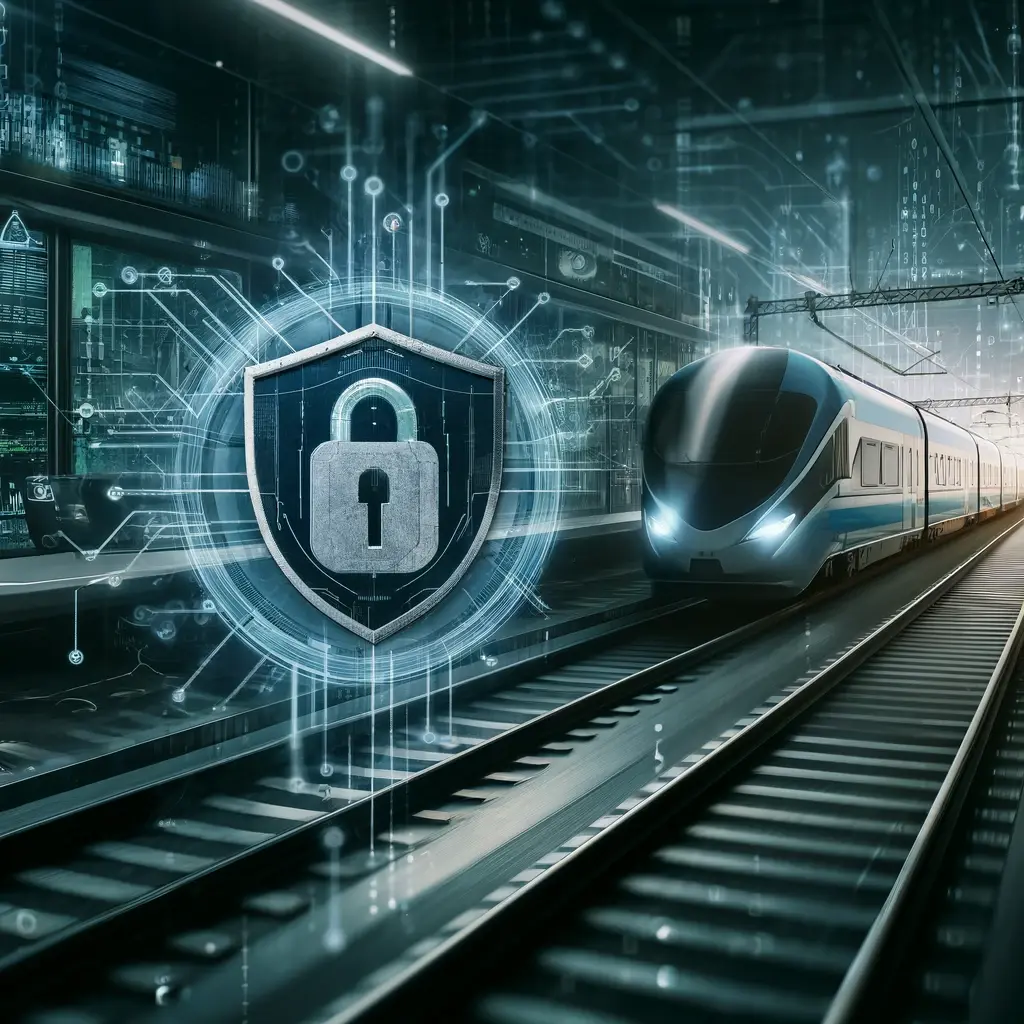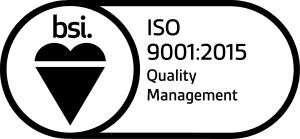DTL delivers Railway OT Cybersecurity training in Perth
As cyberattacks on rail infrastructure rise at an alarming rate, strengthening cybersecurity in operational technology (OT) systems has never been more critical. That’s why Digital Transit Limited (DTL) is taking action—on the ground and across the globe.
In March, DTL brought its flagship Railway OT Cybersecurity Training Course to Perth, Australia. Organized in collaboration with Informa, the course was designed to upskill rail professionals on the rapidly evolving cyber threat landscape. Led by our CEO, Howard Parkinson, and CTO, Daniel Basher, the training empowered participants with the tools and knowledge to protect critical rail infrastructure.
The urgency is real: cyberattacks on rail systems have increased by over 220% globally. From Belgium and Germany to the U.S. and France, major incidents have disrupted operations, endangered safety, and exposed systemic vulnerabilities. DTL’s mission is to ensure rail operators aren’t just reacting—but getting ahead of these threats.
Share:
What We Covered in Perth
The Railway OT Cybersecurity Training Course addressed key areas such as:
Cybersecurity standards including IEC 63452, TS 50701, ISO 27001, IEC 62443, and AS 7770
Risk assessment strategies and vulnerability identification
Incident response planning and compliance enhancement
How the CyRail tool can help businesses take control of their cybersecurity compliance
Delivered through a two day course, the content blended theoretical knowledge with real-world application, equipping participants to make an immediate impact within their organization.
Building Global Resilience: From Australia to Singapore
Following our training in Perth, the DTL team traveled to Singapore to continue conversations around rail cybersecurity—this time focusing on our CyRail platform. In meetings with Singapore’s Land Transport Authority (LTA), we explored how CyRail can support operators with continuous monitoring, threat detection, and response capabilities tailored to complex rail OT environments.
CyRail is more than a product—it’s a proactive approach to cyber resilience in rail. By integrating with existing systems, it provides real-time visibility, reduces response time, and ensures compliance with international standards.
What’s Next?
DTL’s commitment to improving cybersecurity in rail doesn’t stop here. We’ll be rolling out additional dates for the Railway OT Cybersecurity Course soon—accessible globally via the DTL platform.
Also join the waiting list to our new CyRail platform coming soon!
The threat is growing, but so is the solution. Let’s not wait for the next cyber incident to act.
📩 Interested in upcoming training courses or the CyRail tool?
Get in touch at info@digitaltransit.co.uk
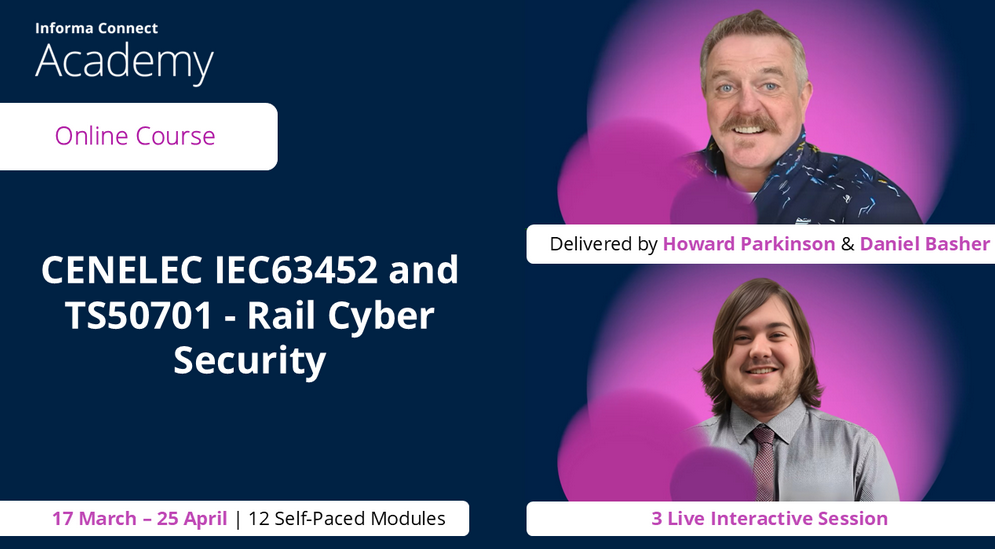
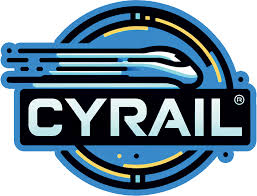
Contact
Digital Transit Limited
Website
www.digitaltransit.co.uk
Email
info@digitaltransit.co.uk



